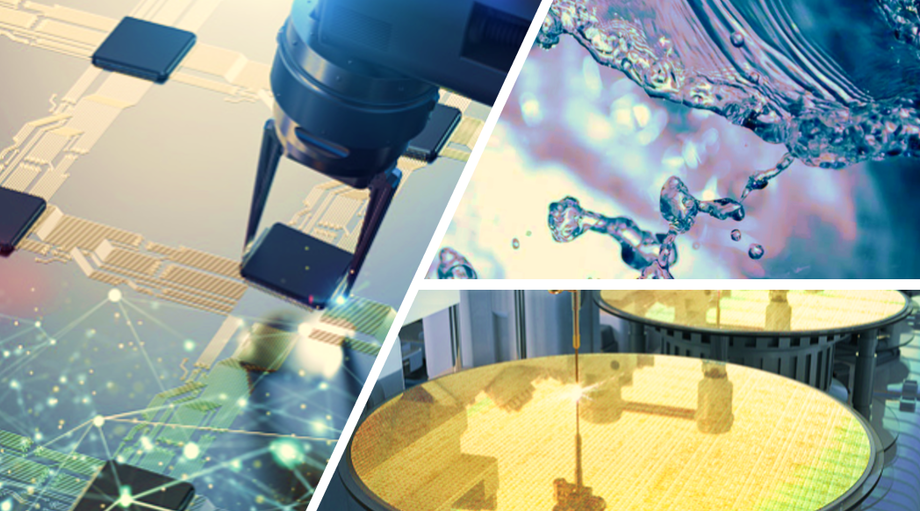April 15, 2023
Researchers Create Fully Recyclable Electronics Using Nanomaterials and Water-Based Inks
Researchers at Duke University discovered a new cyclical process to create non- toxic fully recyclable electronics. Layering materials during traditional thin film transistor (TFT) fabrication is a difficult task, and thus hazardous chemicals and substantial amounts of energy are used to create a functional product. That is not the case with this new printing process which is able to create fully functional and recyclable electronics without the need for high energy processes or hazardous chemicals. Recyclable electronics use three carbon inks including carbon nanotubes (CNTs), conducting graphene, and insulating crystalline nanocellulose (CNC). The Research team had previously demonstrated the first fully recyclable printed electronics made from the mentioned materials. However, this time they repeated the process using water-based inks. For water-based inks a surfactant is added so that the carbon nanotubes don't clump together; however, with this combination the carbon nanotubes do not develop the appropriate density to allow a high current of electrons to pass through. This happens because the surfactant prevents additional layers from adhering to the first. Traditionally the excess surfactant would be removed by applying extreme heat or abrasive environmentally damaging chemicals. This is why researchers focused on creating a cyclical process in which the device is rinsed with water, dried in low heat, and then printed on again. The environmentally friendly process has proven to be able to create water-based transistors that are fully recyclable and most importantly fully functional. Learn more here.
April 30, 2023
New Vapor Deposition Method Could Create Incredibly Powerful Computer Chips
New Vapor Deposition Method Could Create Incredibly Powerful Computer Chips
MIT Scientists developed a low temperature method to grow ultra thin semiconductor transistors directly on top of a fully fabricated silicon chips. This new technology could enable the production of more powerful computer chips for heavier computing applications such as advanced AI. The problem with conventional semiconductor chips is that they are built using bulky 3D structures which prevent the stacking of additional transistors. And Growing 2D structures directly on top of the chip was not possible before because this required temperatures of about 600 degrees Celsius which would damage the silicon transistors and circuits. After researching alternative methods the cross- disciplinary team of scientists were able to develop and build a novel one of a kind furnace which is able to perform metal-organic chemical vapor deposition(MOCVD) in a way that is safe for the chip and all of the circuits. Thanks to this novel technology atom thin transistors can now be grown and stacked on top of silicon chips for denser more powerful computer chips and the thin materials take less than 1 hour to grow compared to a day using conventional MOCVD. Learn more here.


